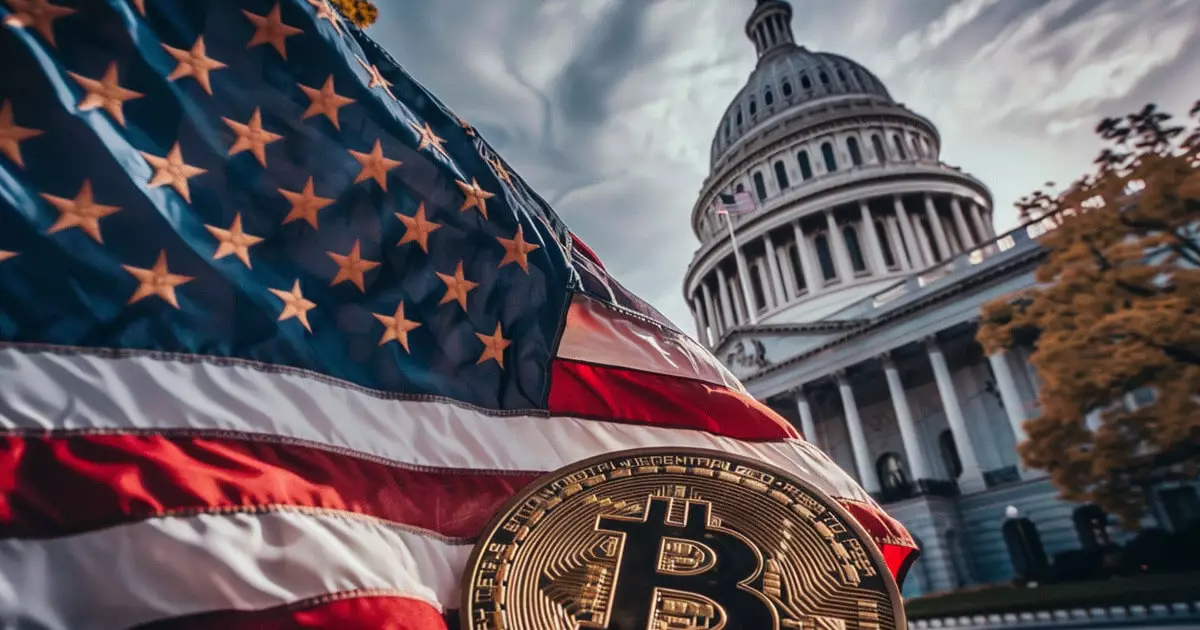In an era where digital assets are becoming increasingly integrated into the global financial ecosystem, the need for clear and effective regulation of stablecoins has never been more pressing. As debated in recent congressional hearings, prominent figures in U.S. politics are advocating for a systematic approach to regulate stablecoins, which are designed to maintain a stable value compared to traditional currencies. The dialogue, primarily led by Congresswoman Maxine Waters and Republican Rep. Patrick McHenry, highlights an urgent call for bipartisan support to enhance the regulatory framework surrounding these digital assets.
Stablecoins are a novel financial instrument that bridges the gap between fiat money and cryptocurrencies. Typically pegged to stable assets like the U.S. dollar or gold, they offer the potential for smooth transactions and reduced volatility. However, the rapid expansion of varied stablecoin offerings has outpaced existing financial regulations, leading to significant legal ambiguities. Lawmakers, recognizing this volatility, emphasize the critical need for robust regulations to ensure consumer safety and prevent systemic risks in the financial market.
During a committee hearing convened on September 24, Waters articulated her aspiration for legislative progress by the end of 2024. Her bipartisan collaboration with McHenry indicates a willingness to work across party lines to establish a comprehensive regulatory framework. Waters remarked on the extensive groundwork already laid since 2022, expressing optimism that shared goals could yield a viable compromise. The ongoing discussions not only underscore the necessity of stablecoins in the economy but also highlight the lawmakers’ commitment to addressing regulatory gaps.
One of the primary issues discussed during these hearings is the need for stablecoins to be backed by secure reserves, such as Treasury bills. This is critical for ensuring their reliability and stability in the financial system. Waters asserted the importance of federal oversight, advocating for the Federal Reserve’s continued supervisory role in the regulation of stablecoins, which aligns with practices in other countries known for their stable financial platforms. These discussions also delve into the issues at stake regarding states’ rights to regulate without federal input, with Waters branding this as “deeply problematic,” given potential variations in state-level regulations that could undermine the stability of stablecoins.
Not to be overlooked is the significant role of the U.S. Securities and Exchange Commission (SEC) in this regulatory landscape. The agency’s commissioners, including Chair Gary Gensler, confronted scrutiny regarding their approach to digital asset regulation, which many lawmakers describe as a “regulation by enforcement” strategy. Commissioner Hester Peirce went further, highlighting the SEC’s failure to provide clear guidelines, thus fostering confusion not only for investors but also for the market at large. This ambiguity in designating what constitutes a security creates hurdles for stablecoins’ integration and acceptance.
As Congress races against time before the legislative session ends, the momentum generated by bipartisan cooperation could lead to substantial advancements in stablecoin regulation. McHenry’s FIT21 bill, aimed at clarifying cryptocurrency market structures, may serve as an instrumental pivot towards establishing necessary regulatory frameworks. Both Waters and McHenry’s unified effort suggests a recognition that effective regulation is crucial not just for stablecoins but for the burgeoning digital asset market overall.
As discussions around regulatory clarity continue, it is imperative that lawmakers come to a resolute agreement on stablecoin legislation. The collaborative efforts of Waters and McHenry represent a unique opportunity to align the interests of consumer protection with the innovation-centric goals of the digital economy. The outcome of these negotiations will be critical in setting the foundation for a future where digital assets can coexist alongside traditional financial structures, ensuring stability, transparency, and confidence for all participants in the financial landscape. The time for decisive action is now as Congress stands on the doorstep of a transformative chapter in the evolution of digital finance.

